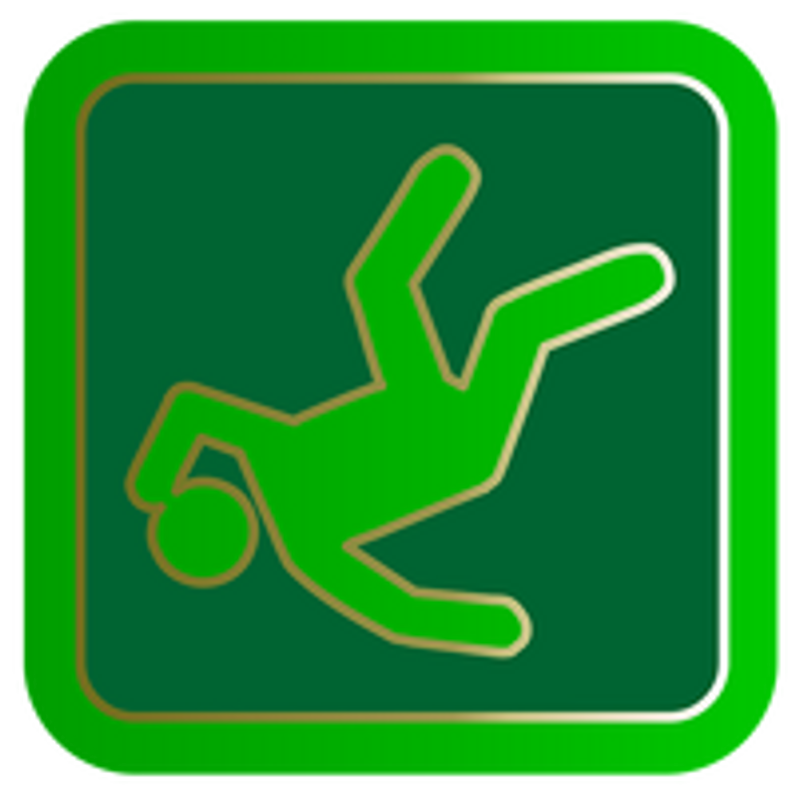The Deadly Truth About Slip-and-Fall Accidents

Slip-and-fall accidents pose a serious threat to workers. While transportation-related accidents remain the number one cause of worker fatalities, slip-and-falls come in a close second. So if you're an employer or manager, you should take a proactive approach towards reducing slip-and-fall accidents in your workplace. Because turning a blind eye to the problem could leave workers susceptible to serious injury, or worse -- death.
The good news is that ever since the Occupational Safety and Health Administration (OSHA) was first formed during the early 1970s, work-related injuries and fatalities stemming from slip-and-fall accidents have been on the decline. OSHA has made it a top priority to reduce the number of slip-and-fall accidents in the workplace. The bad news, however, is that it's still a serious problem. Work-related slip and falls cause more than 300,000 injuries and hundreds of deaths per year, attesting to the severity of this issue.
But slip-and-fall accidents in the workplace cause more than just injury; they place a serious monetary strain on the respective employer. According to some estimates, the average cost of a slip-and-fall accident in the workplace is $22,800 per incident, with workers compensation claims averaging at $19,000.
Work-related slip-and-fall accidents typically fall under one of two different categories: falls from same level and falls from elevated level. Falls from same level are more common but typically less serious, whereas falls from elevated level are less common but more serious. Employers should implement the necessary safeguards to reduce the risk of both types in their workplace.
Here are some tips to protect against slip-and-fall accidents in the workplace:
- Require workers to wear non-slip shoes/footwear.
- Place rugs on hardwood floors and other slippery areas.
- Keep mops, towels and granules readily available so workers can clean up spilled liquids in a timely manner.
- Use signs to warn workers and personnel when an area is slippery and poses a risk for falls.
- Encourage workers to stay alert and observant of their surroundings at all time.
- Keep pathways clear and free of obstruction.
- Maintain adequate lighting and illumination in your workplace.
- Require workers to wear safety harnesses and other protective gear when working on elevated platforms.
- Rotate workers so no single worker is forced to work a long period of time. This minimizes fatigue, which should subsequently reduce the risk of slip-and-fall and other related accidents.
Recent Posts
-
Fire Safety in the Workplace: What You Need to Know
What steps are you taking to prevent fires in your workplace? According to the U.S. Occupational Saf …Aug 23rd 2023 -
Is It Safe to Go Jogging With a Cold Infection?
If you're suffering from a cold infection, you might be wondering whether it's safe to go jogging. T …Aug 22nd 2023 -
5 Safety Tips to Follow When Using a Powder-Actuated Tool
Powder-actuated tools are commonly used to join materials to steel and concrete. Also known as Hilti …Aug 20th 2023




